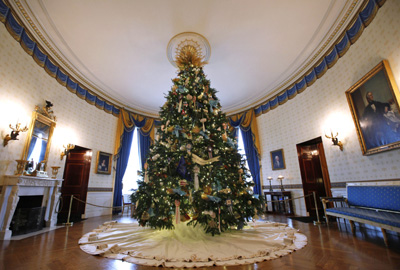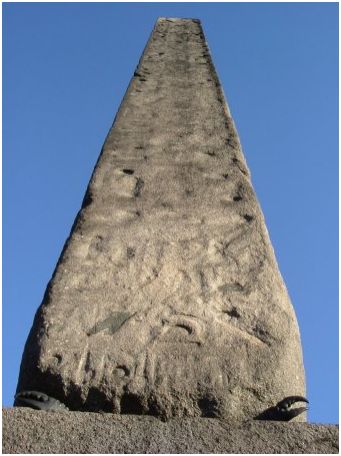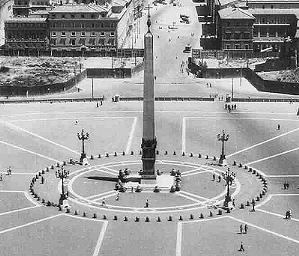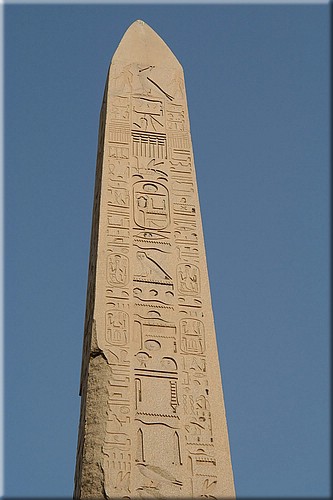Your Christmas Is Tree Pretty. Oh, And It's Also A Pagan Obelisk
Obelisks and Christmas Trees
What Steeples and Christmas Trees Have in Common
By Christine Daniel

White House Christmas Tree



Obelisk At Karnak
Obelisks and Christmas Trees
What Steeples and Christmas Trees Have in Common
By Christine Daniel
The obelisk, which is now seen on many Christian churches and considered to be Christian in nature, was anything but Christian at their historical roots. In Old Testament times the obelisk was shown to be the center of Egyptian sun worship, such as mentioned as the "images of Bethshemesh"
The Christmas tree is an example of a pagan phallic symbol, which once represented fertility worship, now brought into the Christian home for reasons the people themselves don't understand. They simply believe that they are continuing to carry on a cultural and religious tradition.
In the Babylon Mystery Religion, the true meaning of the obelisk is shown to be associated with sun worship. The ancients rejected the knowledge of the Creator of heaven and earth, and placed their confidence in the sun because, they believed, the sun gave life to plants and to all humanity. Along with this, they reasoned, life was produced through sexual union, so the [upright/erect] phallus became the symbol of life. www.associatedcontent.com...

White House Christmas Tree

This 3,500-year-old monument stands directly behind the Metropolitan Museum of Art. To celebrate the 30th year of his reign, Egyptian pharaoh Thutmosis III (1479-1425 B.C.)commissioned a pair of obelisks for the sacred city of Heliopolis. In 12 B.C., they were moved to Alexandria, where they stood until the 19th century, when all great cities around the world clamored for an ancient Egyptian obelisk.
unionmaid-online.blogspot.com...

Here is an old photo of the center of St. Peter's square, and note that around the obelisk, at the center of the huge eight-point sun wheel, is a smaller four-pointed sun wheel, the same symbol as found on the altar stone in the temple of Baal in Hatzor!
www.aloha.net...

Obelisk At Karnak
The earliest Obelisks were known as ‘benben’ stones.
They were rough hewn and truncated, but they were tipped off by the pyramid ion
shape which distinguishes obelisks from other monumental columns.
The spirit of the sun god was supposed to enter the stones at certain periods, and on these occasions human sacrifices were offered to it. The victims were probably prisoners of war who had been captured alive, and foreigners, and when these failed the priests must have drawn upon the native population.
At On, king after king erected benbens in Re’s honour, so that by 1300BC the city was full of obelisks. The Roman author Pliny wrote about this city of On where kings ‘entered into a kind of rivalry in forming elongated blocks of stone, known as obelisks, and consecrated them to the divinity of the Sun’.
In 'Our Phallic Heritage' we are told that 'All pillars or columns originally had a phallic significance, and were therefore considered sacred. Pan, the goat god and god of sensuality, was often represented as an obelisk. A former witch writes 'The obelisk is a long pointed four sided shaft, the uppermost portion of which forms a pyramid. The word 'obelisk' literally means 'Baal's shaft' or Baal's organ of reproduction' (Page 341 Masonic and occult symbols illustrated. Dr. Cathy Burns)
www.christian-restoration.com...

No comments:
Post a Comment